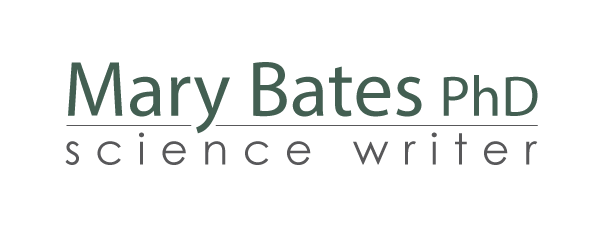New on IEEE Pulse: Bleeding Disorders
 Most people don’t worry about small cuts or wounds, because their bodies form clots to stop the bleeding. This process, called coagulation or hemostasis, requires certain blood cells, platelets, and protein clotting factors to interact correctly and form a clot to stanch the bleeding and begin repair of the damaged blood vessel.However, people with bleeding disorders have blood that does not clot properly due to defects in their platelets or clotting factors: their symptoms may range from mild to life threatening. Fortunately, progress is being made in both diagnosing and treating such disorders. Researchers currently are concentrating on accurate and automated diagnostic methods as well as new high-tech treatments for bleeding episodes.Read my story in IEEE Pulse: New Directions for Treating Bleeding Disorders.
Most people don’t worry about small cuts or wounds, because their bodies form clots to stop the bleeding. This process, called coagulation or hemostasis, requires certain blood cells, platelets, and protein clotting factors to interact correctly and form a clot to stanch the bleeding and begin repair of the damaged blood vessel.However, people with bleeding disorders have blood that does not clot properly due to defects in their platelets or clotting factors: their symptoms may range from mild to life threatening. Fortunately, progress is being made in both diagnosing and treating such disorders. Researchers currently are concentrating on accurate and automated diagnostic methods as well as new high-tech treatments for bleeding episodes.Read my story in IEEE Pulse: New Directions for Treating Bleeding Disorders.

